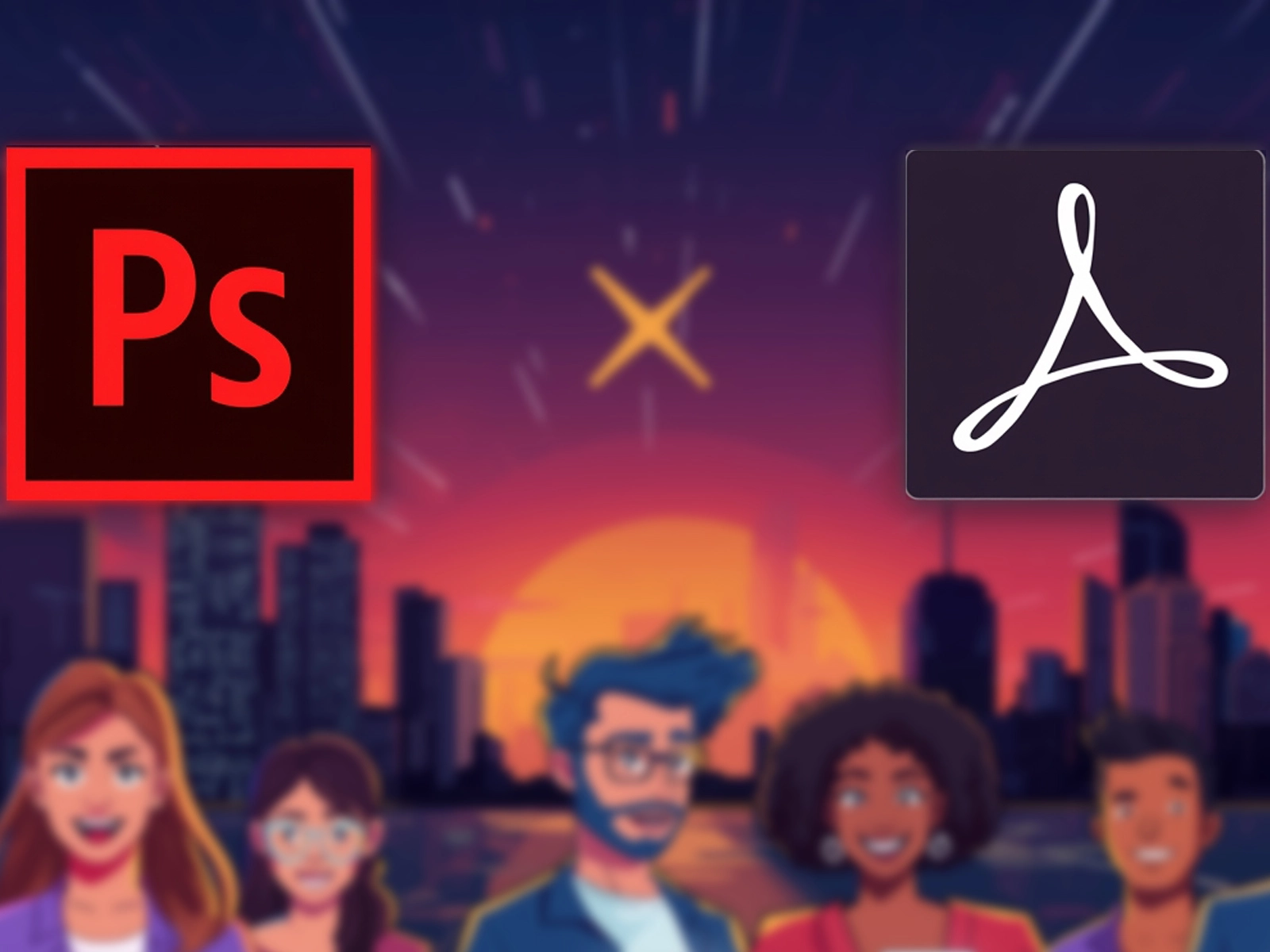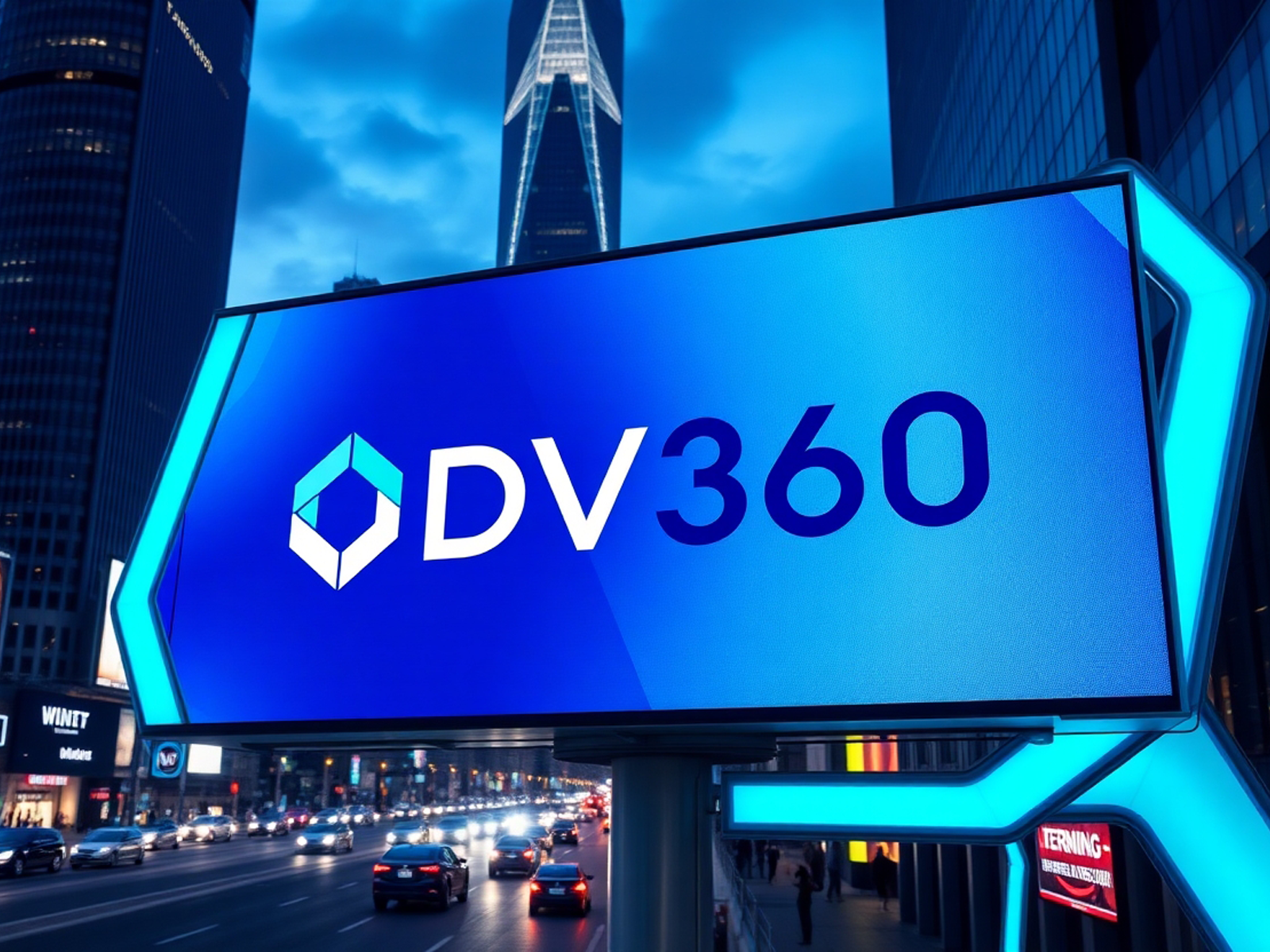
Adobe announces integration of Photoshop, Express, and Acrobat features into ChatGPT

LinkedIn launches new features to improve ad personalization

AI Overviews by Google Changed Search Almost Overnight

3 minutes
Google is rolling out significant updates across Display & Video 360 (DV360) in Q3 2025, including name changes, reporting enhancements, and removal of deprecated features. These changes aim to improve transparency, data consistency, and simplify reporting for advertisers.
As part of these updates, the partner solution Adloox—formerly providing pre-bid ad verification tools—was acquired by Scope3. Consequently, all references to “Adloox” within DV360 (interface, API, reporting, and documentation) will be updated to “Scope3.” It’s purely a branding change and does not impact functionality.
However, teams using custom scripts, report templates, or automation tools should update their internal documentation and configurations to avoid confusion during reporting or campaign setup. This also underscores Scope3’s growing role in media transparency and sustainability in digital advertising.
Effective September 1, 2025, Cross Campaign Optimization (CCO) will be phased out due to low adoption and to reduce latency. Advertisers will no longer be able to use Programmatic Guaranteed deals across multiple line items. Recommended alternatives are Preferred Deals or creating separate deals for each line item.
session_attributes—available in Campaign Manager 360 (June 1, 2025) and Search Ads 360 (August 15, 2025)—to improve attribution when click IDs are missing.The upcoming DV360, Campaign Manager 360, and Search Ads 360 updates introduce critical changes to reporting, API, interface, and functionality. They streamline platform usability, improve data precision, and enhance alignment across tools.
Such changes—report column name updates, new attributes, ID transitions, week alignment, and deprecated features—reduce technical debt but pose new requirements for analysts, media planners, and programmatic teams.
For advertisers, this means:
These updates are more than cosmetic—they reflect Google’s strategic emphasis on deeper automation, measurement improvements, and platform-wide coherence. Successful adaptation will preserve competitive advantage and maximize media investment impact.
This article available in Ukrainian.
Say hello to us!
A leading global agency in Clutch's top-15, we've been mastering the digital space since 2004. With 9000+ projects delivered in 65 countries, our expertise is unparalleled.
Let's conquer challenges together!
performance_marketing_engineers/
performance_marketing_engineers/
performance_marketing_engineers/
performance_marketing_engineers/
performance_marketing_engineers/
performance_marketing_engineers/
performance_marketing_engineers/
performance_marketing_engineers/